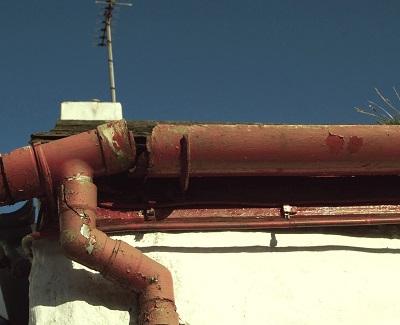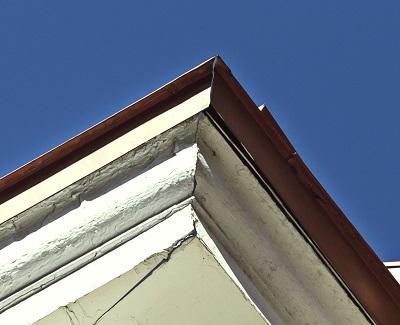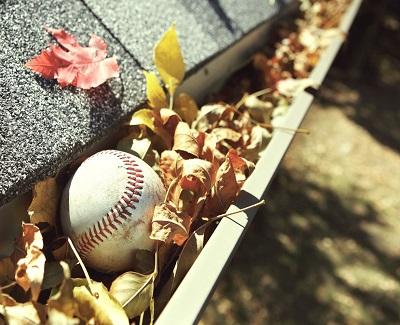While your roof shields your home from rain and snow, all that water still has to go somewhere. That’s where your gutters come in, a system tasked with making sure that water from the roof is directed away from your home. But what if your gutter system is not working properly? There are different reasons why faulty gutter systems develop and it’s important to know exactly what’s behind yours so you can take action immediately.
Some of the signs that you have a faulty gutter system include:
-
Cracks on the Gutter Trough
Rain and meltwater pass through the gutter s it makes its way away from your home so cracks on the gutter trough will lead to leaks. Even small hairline cracks can cause enough water to pass through and seep into other parts of your home. Cracks on metal gutters are rare, but they do show up every now and then.

-
Gaps Between Seams
Gutters have seams at points they connect with other parts of the system. These have to fit well and need to be watertight but sometimes, seams in your gutter system have a bit of space between them. These gaps are just as bad as cracks, but are much less noticeable because they can also show up in parts of the gutter system that is less likely to get damaged. Seam gaps are often caused by poor installation, but can also be caused by repeated expanding and contracting after constant changes in temperature.

-
Rust Spots or Streaks
People think that there’s no need to worry about rust spots or streaks if they don’t have a metal gutter. Only metal rusts, right? True, but a gutter system of a different material is still typically installed using metal components like screws, nails and fasteners. When these components weaken due to rust, they can compromise a gutter system’s structural integrity, leading sections to be misaligned, or worse, collapse.
-
Clogs
Who said damage-free gutters can never be bad? A clogged gutter, no matter how well-aligned or free from damage it is, is just as useless as a damaged one. Using gutter guards to keep debris from clogging your gutter is good, but that doesn’t mean you should do away with regular maintenance for the rest of its expected lifespan.

Size Matters
There are many types of gutters available, each one with their own strengths and weaknesses. One of the foremost considerations you should keep in mind when If having a gutter system installed is that yours should be the right size depending on the typical amount of rainfall your location sees every year. Too small and they’ll fill up beyond capacity, inefficiently directing water away from the home; too big and your gutters is likelier to accumulate debris.
Fixing Faulty Gutter Systems
Faulty gutter systems can cause major inconvenience but it’s nothing that can’t be fixed. At the soonest sign of a problem, have your gutters checked so all issues can be resolved before they worsen. To guarantee quality work, trust only a reputable gutter expert in your area.
==============================
Author Bio:
Jim Jones is the president of Seamless Exterior, a family-owned company specializing in home exterior solutions. He started the company back in 1997 after experiencing poor remodeling work on his home compounded by poor customer service. Jim wanted to create a company that respected its customers and provided quality service and that’s exactly how Seamless Exterior is today. For updates from Jim, check out the company blog!
==============================
